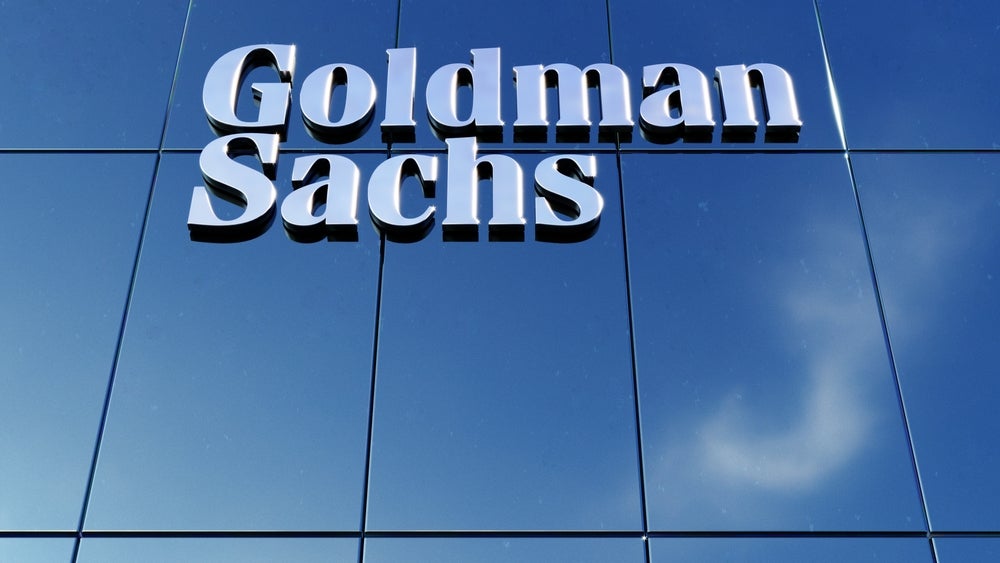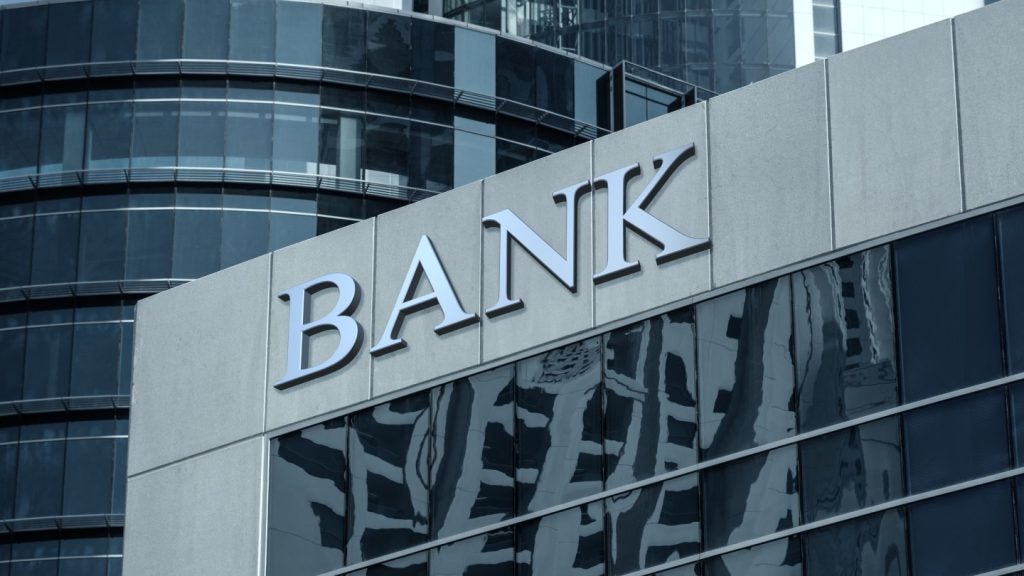banking earnings, first quarter retail banking figures from US
banking groups indicate further problems to come in the country.
The most problematic segment was credit cards, with charge-off
rates exceeding what were already relatively pessimistic
expectations, writes Dan Jones.
 First-quarter results from the
First-quarter results from the
leading US banking groups offer mixed signals as to the chances of
a US economic recovery. Remarkably strong investment banking
figures have catalysed a mini-recovery in stocks worldwide, but
poorer retail banking results – particularly a sharp rise in credit
card delinquencies and charge-offs – paint a more ominous
picture.
In a reversal of trends seen this time last
year, it is the investment banking divisions which are now propping
up earnings at some of the leading US players: JPMorgan Chase, for
example, reported record net income at its investment banking
division, while Merrill Lynch contributed $3 billion in net income
to Bank of America’s (BofA) $4.2 billion total.
Retail banking balance sheets have made for
more dismal reading, driven down by ballooning loan write-offs.
BofA, for example, saw its global cards division swing to a $1.8
billion loss with $8.2 billion of provisions for credit losses,
versus an $867 million profit with $4.3 billion of credit
provisions in the first quarter of 2008.
It was a similar story at Citigroup, where net
income at its global cards division fell by 66 percent year-on-year
to $417 million. More notably, consumer banking posted its fourth
consecutive loss – $1.2 billion – versus a $52 million profit a
year previous, with provisions for loan losses up 43 percent
annually.
The most problematic segment was credit cards,
with charge-off rates exceeding what were already
relatively-pessimistic expectations. The charge-off rate at Capital
One rose from 5.85 percent in the first quarter of 2008 to 8.4
percent for the first three months of 2009, a figure higher than
the 8.1 percent Capital One had predicted in January. And American
Express’ net charge-off rate jumped to 8.5 percent from 6.7 percent
in the fourth quarter of 2008 and 4.3 percent from the year-ago
period.
How well do you really know your competitors?
Access the most comprehensive Company Profiles on the market, powered by GlobalData. Save hours of research. Gain competitive edge.

Thank you!
Your download email will arrive shortly
Not ready to buy yet? Download a free sample
We are confident about the unique quality of our Company Profiles. However, we want you to make the most beneficial decision for your business, so we offer a free sample that you can download by submitting the below form
By GlobalDataCredit cards will continue to be the main
source of concern for retail banks throughout 2009 and 2010,
according to a report issued by Moody’s on 27 April. The ratings
agency said that it now expects total charge-offs to peak at 12
percent – and not until the second quarter of 2010.
“Aside from the fourth quarter of 2005, when
changes to bankruptcy legislation induced a sharp rise in
charge-offs, the pace of increase in the first quarter of 2009
represents the greatest quarterly increase in the charge-off rate
index ever posted,” Moody’s said.
Rising levels of retail
deposits
One bright spot – and an indication that a
credit-led recovery could happen in the US – was rising levels of
retail deposits in the US and growing numbers of net new deposit
accounts. BofA said average retail deposits in the quarter
increased $140.0 billion, or 27 percent, from a year earlier,
including $107.3 billion in balances from Countrywide Financial and
Merrill Lynch.
Taken at face value, the strongest figures
were to be found at the banks who added recent acquisitions to
their balance sheets: Bank of America after its purchases of
Merrill Lynch and Countrywide Financial; JPMorgan Chase and its
acquisition of Washington Mutual (WaMu); and record net income at
Wells Fargo following its acquisition of Wachovia. PNC Financial
posted its second highest quarterly profit following its purchase
of National City.
Other leading US banks, unladen with the need
to integrate acquisitions but unable to look to investment banking
divisions for solace, have also seen retail banking net income fall
away in the first quarter.
At US Bank, net income at the consumer bank
fell by 37.7 percent to $205 million, while SunTrust reported a
$296 million loss in retail and commercial banking versus a $164
million profit a year previous. The bank’s $815 million total loss
for the quarter was largely due to a $715 million write-off on the
value of its mortgage and real estate loan books.
Off the back of the huge changes that have
taken place in the US banking industry over the past six month,
2009 looks set to be a year of massive rebranding. PNC’s rebranding
of National City branches will not be taking place until the second
half of 2009, while Wells Fargo plans to begin the Wachovia rebrand
in the fourth quarter of 2009.
Others, however, are keen to wipe the slate
clean as soon as possible. Chase has already completed the
rebranding of WaMu in California, totalling 708 branches and 1,900
ATMs, and is midway through doing the same in the states of
Washington and Oregon. The bank expects to have rebranded all 1,900
remaining WaMu branches by June.
|
Results |
||
|
US – selected Q1 |
||
|
Net income ($m) |
Y-o-y % change |
|
|
Bank of America |
4,247 |
250 |
|
Wells Fargo |
3,050 |
53 |
|
JPMorgan Chase |
2,141 |
-12.5 |
|
Citigroup |
1,593 |
n/m |
|
PNC Financial |
530 |
38 |
|
US Bank |
529 |
51 |
|
American Express |
437 |
-56 |
|
BB&T |
318 |
-26 |
|
Regions Financial |
26 |
-95 |
|
Capital One |
-176 |
n/m |
|
SunTrust |
-815 |
n/m |
|
n/m=not meaningful Source: RBI |
||







